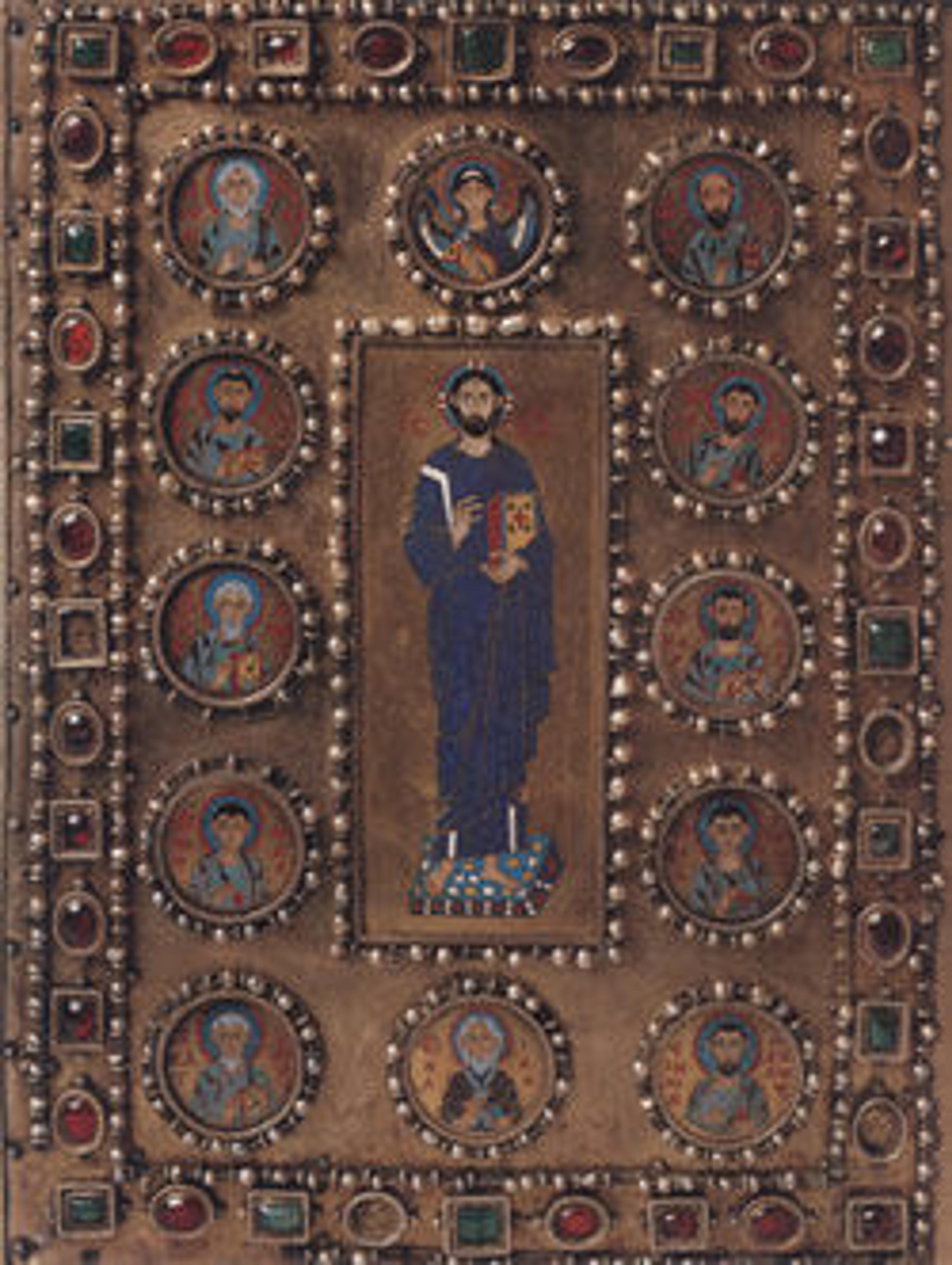Pair of Earrings
An elaborate example of filigree and granulation work from the Fatimid period in Egypt and Greater Syria (969–1171), this pair of earrings is illustrative both of the most characteristic goldsmith work and of one of the most popular shapes for jewelry of this period–the hilal, or crescent (moon). The basic vocabulary–a box construction, rings for stringing pearls or semiprecious stones, openwork S-curves, arabesque designs, and the crescent shape itself–seems to have dominated jewelry production in the Fatimid world into the second half of the eleventh century and perhaps later. The influence of this vogue was widespread. Goldsmiths working under the Mamluks (1250–1517) adapted this vocabulary, as did jewelers of Nasrid Spain (1232–1492), while echoes reverberated into Kievan Russia, Ottoman Turkey, Mughal India, and North Africa.
Artwork Details
- Title:Pair of Earrings
- Date:11th century
- Geography:Attributed to Syria
- Medium:Gold; filigree and granulation
- Dimensions:H. 1 5/16 In. (3.3 cm)
W. 1 in. (2.5 cm) - Classification:Jewelry
- Credit Line:Purchase, Gifts in memory of Richard Ettinghausen and Harris Brisbane Dick Fund, 1979
- Object Number:1979.278.2a, b
- Curatorial Department: Islamic Art
More Artwork
Research Resources
The Met provides unparalleled resources for research and welcomes an international community of students and scholars. The Met's Open Access API is where creators and researchers can connect to the The Met collection. Open Access data and public domain images are available for unrestricted commercial and noncommercial use without permission or fee.
To request images under copyright and other restrictions, please use this Image Request form.
Feedback
We continue to research and examine historical and cultural context for objects in The Met collection. If you have comments or questions about this object record, please contact us using the form below. The Museum looks forward to receiving your comments.
